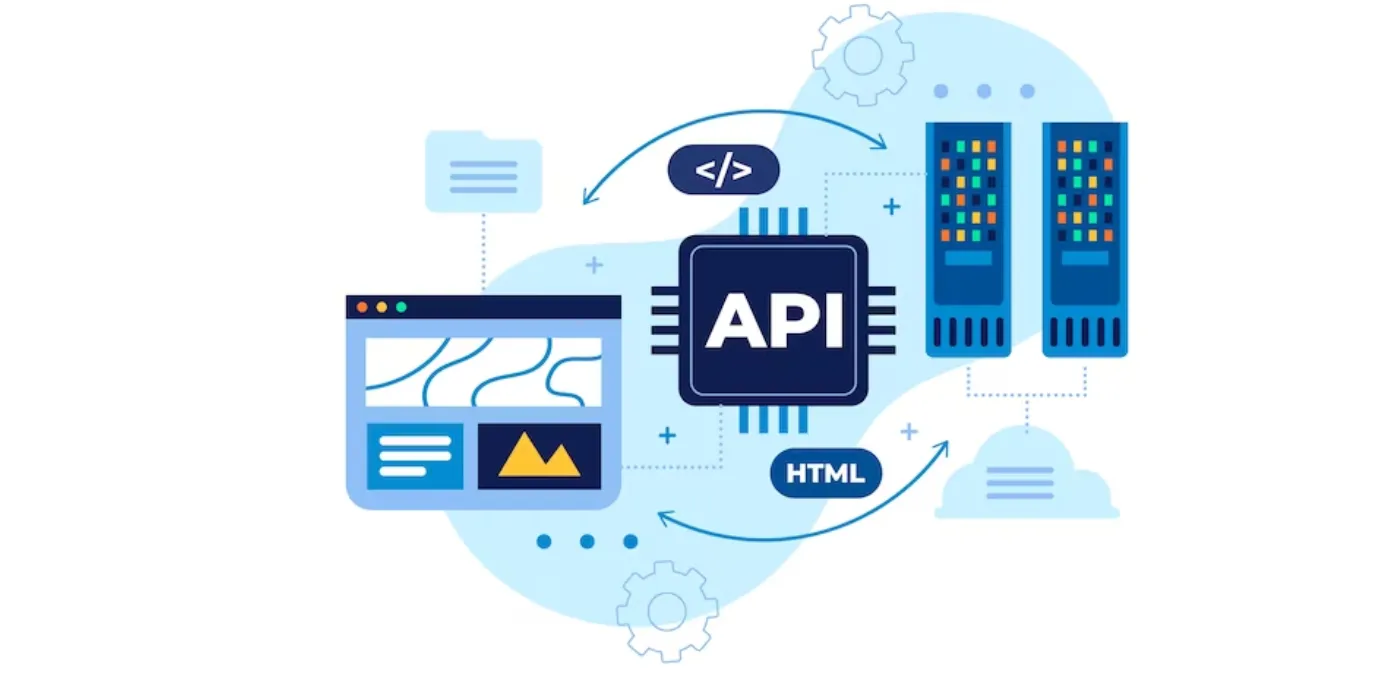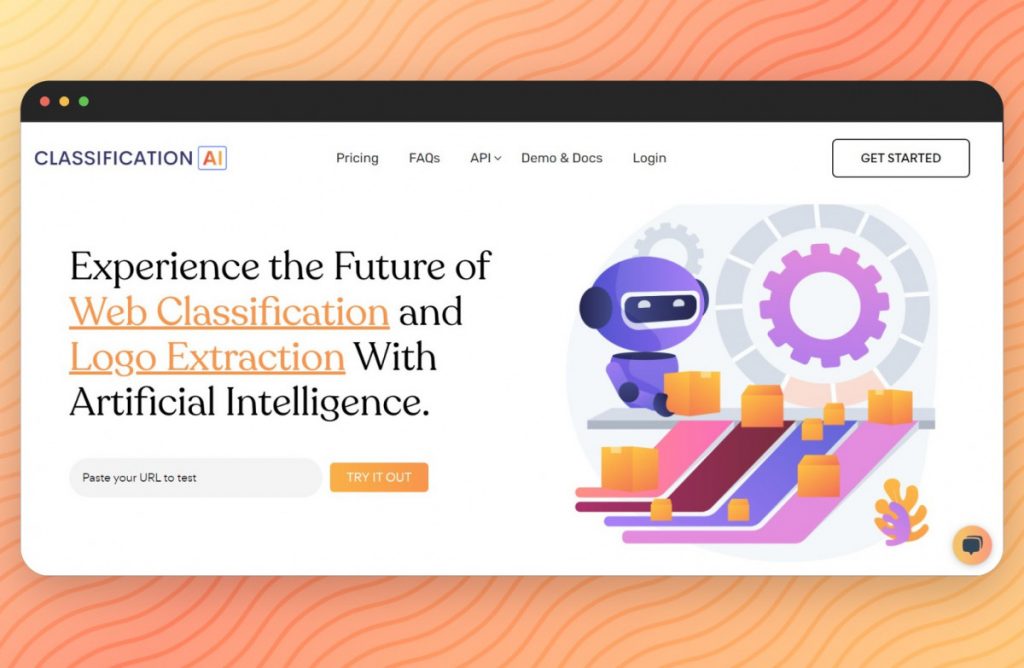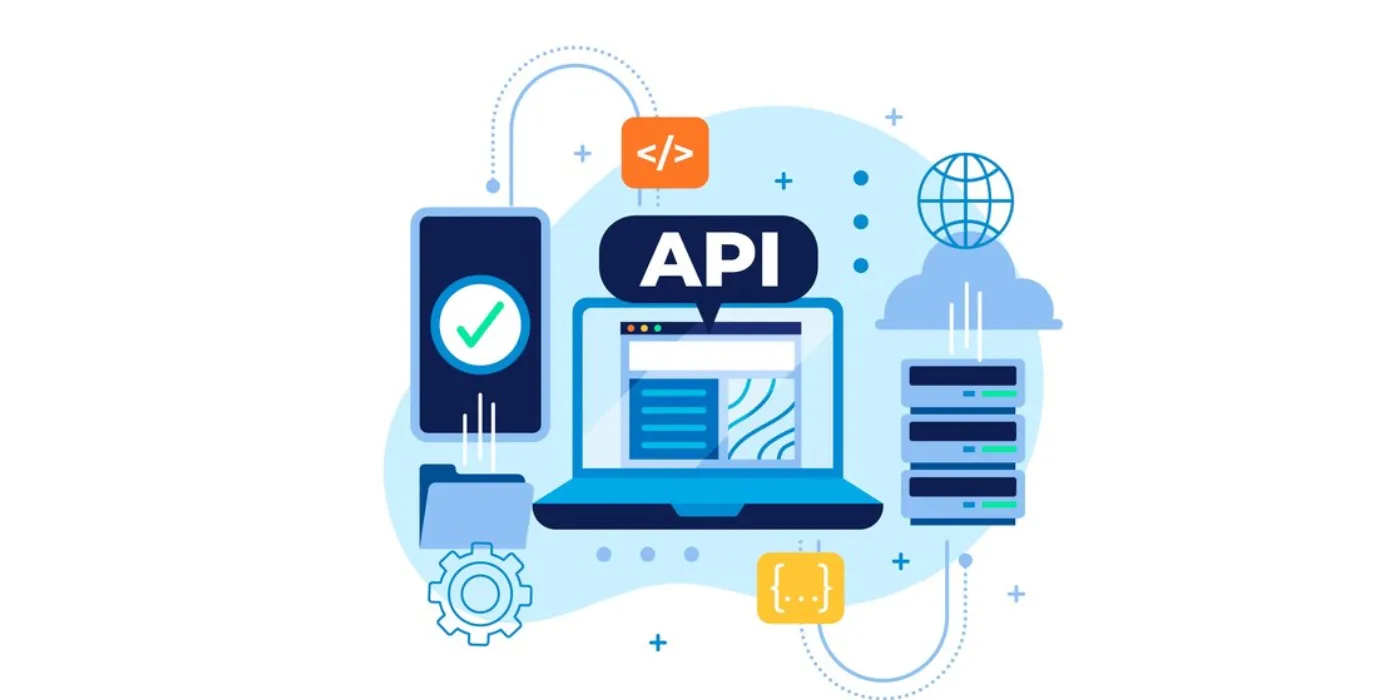Logo API is a powerful tool that provides developers with the ability to extract and analyze logos from images automatically. In this article, we will explore what a Logo API is, how it can be used, and the most common use cases it serves. Whether you are a developer looking to integrate logo detection and recognition into your application or a business owner wanting to automate logo analysis, this article will provide you with valuable insights.
What is a Logo API?

A Logo API is an application programming interface that allows developers to extract and analyze logos from images using advanced machine learning algorithms. It enables developers to identify logos present in images, recognize their brand, and extract relevant metadata associated with the logos.
Traditionally, logo detection and recognition required manual effort, with human reviewers examining images and identifying logos. However, with the Logo API, this process can be automated, saving time and resources.
How does it work?
The Logo API works by leveraging deep learning algorithms to analyze images and identify logos. It uses convolutional neural networks (CNNs) to extract features from images and compare them against a database of known logos. The API then returns the detected logos along with associated metadata such as brand name, colors, and dimensions.
To use Logo API, developers need to send an HTTP request to the API endpoint, along with the image they want to analyze. The API will process the image, identify any logos present, and return a response containing the detected logos and associated metadata.
Common Use Cases of Logo API
The Logo API serves a wide range of use cases across various industries. Let’s explore some of the most common use cases:
1. Brand Monitoring and Reputation Management
Logo API can be used for brand monitoring and reputation management purposes. By analyzing social media posts, news articles, and other online content, businesses can identify when their logos are being used, whether positively or negatively. This enables companies to monitor their brand presence, protect their intellectual property rights, and take appropriate actions to maintain a positive brand image.
2. Content Filtering and Moderation
In platforms where user-generated content is prevalent, such as social media platforms and online marketplaces, the Logo API can be used for content filtering and moderation. By automatically detecting logos in images, businesses can ensure that copyrighted or inappropriate logos are not used without permission. This helps maintain brand consistency, protects intellectual property, and creates a safe and trusted environment for users.
3. Product Recommendation and Personalization
Logo API can also be leveraged for product recommendation and personalization. By analyzing images uploaded by users, businesses can identify logos of products they own or represent. This information can then be used to provide personalized recommendations to users based on their preferences and brand affiliations. For example, an e-commerce platform can suggest related products or offer exclusive discounts on items associated with recognized logos.
4. Market Research and Competitive Analysis
Logo API can play a significant role in market research and competitive analysis. By automatically identifying logos in images shared by customers or competitors, businesses can gain insights into market trends, customer preferences, and competitor strategies. This information can be used to make data-driven decisions, refine marketing campaigns, and stay ahead of the competition.
5. Image Tagging and Organization
Logo API can help in organizing and categorizing large collections of images. By automatically detecting logos in images, businesses can tag and organize their image libraries based on brand affiliations. This makes it easier to search for specific images, create targeted marketing materials, and maintain consistent branding across various platforms.
To make use of it, you must first:

- Go to Logo API and simply click on the button “GET STARTED” to start using the API.
- After signing up in Classification.ai, you’ll be given your personal API key. Using this one-of-a-kind combination of numbers and letters, you’ll be able to use, connect, and manage APIs!
- Employ the different API endpoints depending on what you are looking for.
- Once you meet your needed endpoint, make the API call by pressing the button “Run” and see the results on your screen.
Conclusion
The Logo APIs is a powerful tool that enables developers to extract and analyze logos from images automatically. By leveraging advanced machine learning algorithms, it offers a range of use cases across industries, including brand monitoring, content filtering, product recommendation, market research, and image organization. Integrating the Logo APIs into your application is straightforward, and it provides valuable insights that can help businesses make informed decisions, protect their brand, and enhance user experiences.
If you are a developer looking to integrate logo detection and recognition capabilities into your application or a business owner wanting to automate logo analysis, the Logo API is a solution worth exploring. Try it out today and unlock the power of automated logo extraction and analysis.
Read More: Vehicle database api driving automotive innovation

